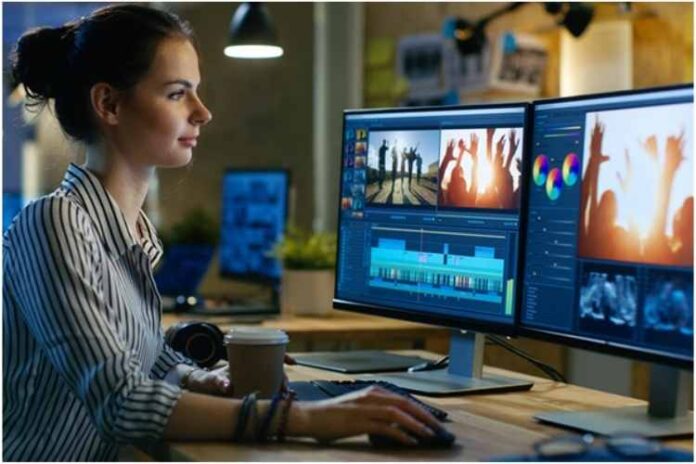Whether you are a gamer, graphic designer, or video editor, you would certainly want your computer to perform faster. We all want that extra performance boost, no matter whether we are writing a document or browsing Facebook on the computer.
When it comes to performance, we consider cleaning up the storage or upgrading RAM. However, one thing that we often overlook is the GPU or graphics card. The article will explain possible tips that will allow you to improve your GPU performance to be better at what you are already doing – gaming.
Disable Anti-aliasing
When you are using your computer for resource-intensive tasks, you may face GPU throttling or FPS drop. Disabling Anti-Aliasing will make required changes in the FPS rate, and turning off V-Sync will make additional improvements.
However, turning off the Anti-Aliasing can affect some of the games, such as Assassin’s Creed, due to how demanding they are, so try to set it to lower. Turning the Anti-Aliasing and V-Sync off will give you better performance, particularly while gaming or designing.
Clean Your Computer
Now that’s something you need to do often to keep your system optimized for work and gaming. You can clean your system in several ways, starting from deleting the unnecessary apps and data as it will leave you with ample storage space on a disk.
Disable all redundant processes running in the background so that they can release resources. You might have installed many open source distributions, so remove anaconda from mac, for example, to clear some space for resource-heavy programs.
Defrag the Hard Drive
Defragmenting the drive is one of the best ways to improve your GPU performance. Make sure to have at least 15% of storage available on the drive all the time. Defrag is time-consuming but helps you make additional space on storage media.
During the process, the system deletes all the unwanted files off the computer, and you can claim some extra gigabytes on the hard drive. Note that if you are using a solid-state drive, defragmentation is not required as the process may reduce its performance.
Overclock GPU
Overclocking is another efficient technique that will give your computer a significant boost in performance. Overclocking improves the performance of your computer by 5% to 10%, but make sure your device allows that.
Overclocking compels the hardware component to perform at the maximum possible speed, though it can lead to other severe issues too. Make sure to research thoroughly about overclocking before you initiate anything on your computer.
Update Windows & Direct X
You may already have the latest DirectX installed on your computer. Make sure to update to the latest release if you do not have one. DirectX is a graphics API on your Windows computer and is highly recommended for gaming in comparison to OpenGL or Vulkan.
Having the most recent release ensures that you already have a platform that enables your computer to communicate efficiently with games and other graphic-rich programs. Older versions of DirectX work, but upgrading it will give you the GPU performance you deserve.
Increase Power Limit
MSI Afterburner is one of the most used graphics card software that works with cards of all brands, including non-MSI ones. It allows you to monitor your hardware components in real-time while giving your complete control over the device.
It will enhance the voltage and power limit of your computer and is probably one of the proven ways to squeeze all possible output from your GPU. Raising the power limit allows the GPU to hit the maximum clock speed consistently and frequently.
Set a Custom Fan Curve
Increasing the power limit will ultimately lead to a higher temperature limit; make sure to check the GPU’s operational limit to ensure everything is in line. The latest RTX 3080 can raise the temperature to as high as 93 degrees Celsius.
The device gets heated, and it’s important to maintain its temperature. Set your GPU’s custom fan curve to keep the temperature low. You can use professional fan curve tools to keep the temperature of the GPU under control.
Improve Airflow & Upgrade Cooling
Make sure your computer has a consistent ventilation system, and nothing is blocking the air circulation. Clean the fans regularly to keep them clean and prevent the accumulation of dust inside the system. Use a can of compressed air to blow out all the dust and tiny particles.
Other than that, installing a cooling pad, particularly if you are using a laptop, will prevent the device from overheating. Running multiple high-end apps, playing resource-heavy games, or overclocking can produce heat, so install a cooling pad to ensure consistent airflow.






![MX Player Custom Codec [AC3, DTS, MLP, TrueHD, and more] MX Player Custom Codec](https://techmenza.com/wp-content/uploads/2021/10/MX-Player-Custom-Codec-100x70.jpg)


